Introduction, with the development of technology, bionic robotics is also progressing. When it comes to robots, bear friends whether they think of the cute humanoid computer Angel Heart or the cold and ruthless Terminator, they are all robots, but in contrast to the current robots in addition to more intelligent, there are biological unique tactile perception capabilities. If one day humans can really give robots, with human-like tactile perception, what do you want them to do?
On July 10, 2022, a group of Italian researchers are using3D printing technology to develop an artificial skin that will be used to improve the tactile perception of robots.
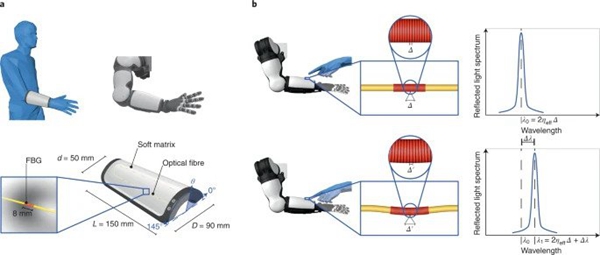
△ 3D-printed artificial skin
Researchers from the Sant'Anna School of Advanced Studies, Ca' Foscari University of Venice and Sapienza University of Rome have created this 3D-printed skin that successfully mimics the function of Ruffini vesicles. Ruffini vesicles (Ruffini) are cells located in the human subcutaneous skin tissue that monitor pressure, stretch, vibration, temperature and especially shear (in a nutshell, it is present in the ligaments of the peripheral joints, the dura mater, the joint capsule and the outer fibrous layer of tissues associated with normal stretch, as well as the skin and superficial fascia).
The implications of this research, once attached to the surface of a robot and combined with deep learning algorithms based on multilayer convolutional neural networks (CNN), allow the skin to estimate the forces and points of contact between the robot and the object, potentially enabling safer human-robot cooperation in the future.
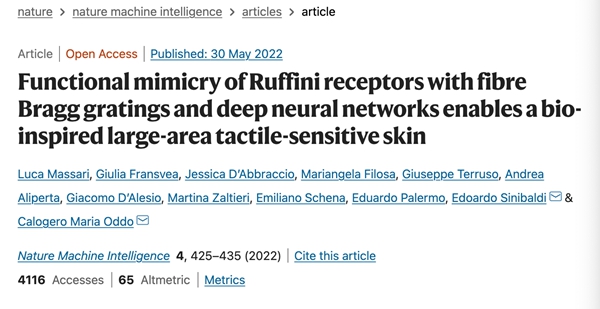
3D Printed Artificial Skin
Bioprinted skins and grafts, have received increasing attention and development in recent years, as they can be used for disease modeling, testing the efficacy of new therapies, and can be used as an alternative to animal testing.
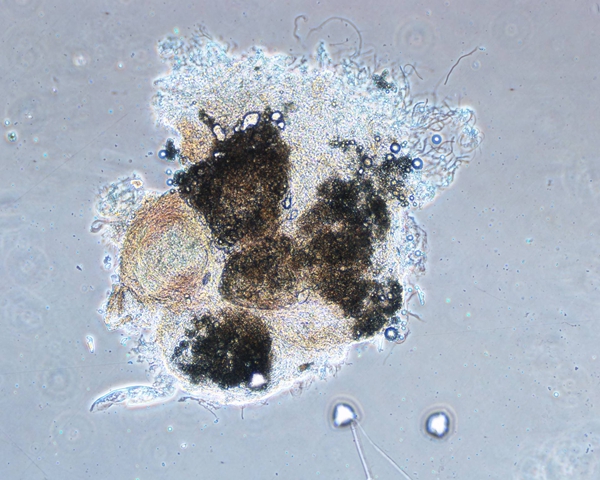
△ Cold plasma technology for treating infected burns, and skin graft wound healing
Bioprinted skin, meanwhile, is also gaining attention as a way to more effectively promote wound healing. For example, the NOVOPLASM consortium's cold plasma technology for treating infected burns and skin grafts, as well as the University of Birmingham and Huddersfield's SLAM 3D bioprinting technology, can be used to treat chronic skin wounds. In addition, 3D printed skin is even being tested in distant space, where astronauts on the International Space Station (ISS) are developing bioprinted bandages made from their own cells, all of which are being used to better treat traumatic injuries in the space environment.
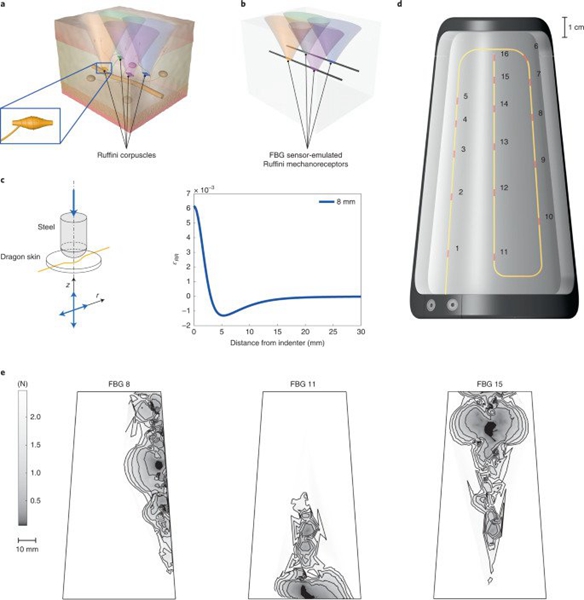
△ Interaction of sensory fields and mechanical sensors implanted in the skin (sensory fields are one of the most important concepts in convolutional neural networks)
Improved haptic sensing for robots
However, the Italian research group's bioprinted artificial skin, rather for a different purpose, all in achieving haptic sensing capabilities in robots. In particular, the results of the study may improve the performance of mobile robots that interact with humans in a range of real-world environments, such as public places, home environments, healthcare facilities, and offices. By endowing existing, and future, robots with human biosensory capabilities, the researchers hope to improve the performance of mobile robots in a range of interactive and manual tasks and reduce the safety risks associated with working alongside humans in industrial environments. To achieve this goal, the team focused on replicating the function of Ruffini vesicles, small and slow-adapting cells that detect interactions between the skin and external objects.
Using 3D printing technology, the researchers created an 8 mm thick polymer layer with soft, bendable and stretchable properties, and integrated 430 mm long optical fibers into it. The bionic "skin" currently resembles a piece of a human forearm, and the fiber optic has fiber Bragg grating (FBG) sensors in it that mimic the function of a Ruffini vesicle. The skin is then mounted on the robot, enabling the AI to detect changes in the surrounding environment.
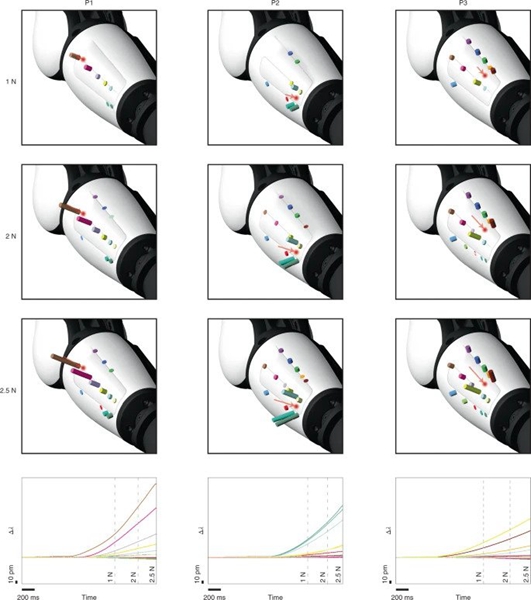
△ Cross-talk between neighboring FBGs
To decode the output data from the FBG sensors, the team developed a CNN-based deep learning algorithm, and a multi-grid neuron integration technique that informs the robot of the force and contact point of external stimuli. They then ran a series of tests with the 3D bioprinted skin and the algorithm. The team claims that in these simulations, the tests are currently very satisfactory in terms of the forces applied by the robot, with a high probability of success in the future.
In the paper, the researchers say that their findings are likely to pave the way for bionic human skin, leading to safer human-robot cooperation in the future. Looking ahead, the team says their bioprinted skin, could be implemented on a variety of humanoid, robots, as modular skin patches could be pieced together to fit different robotic architectures and shapes.









